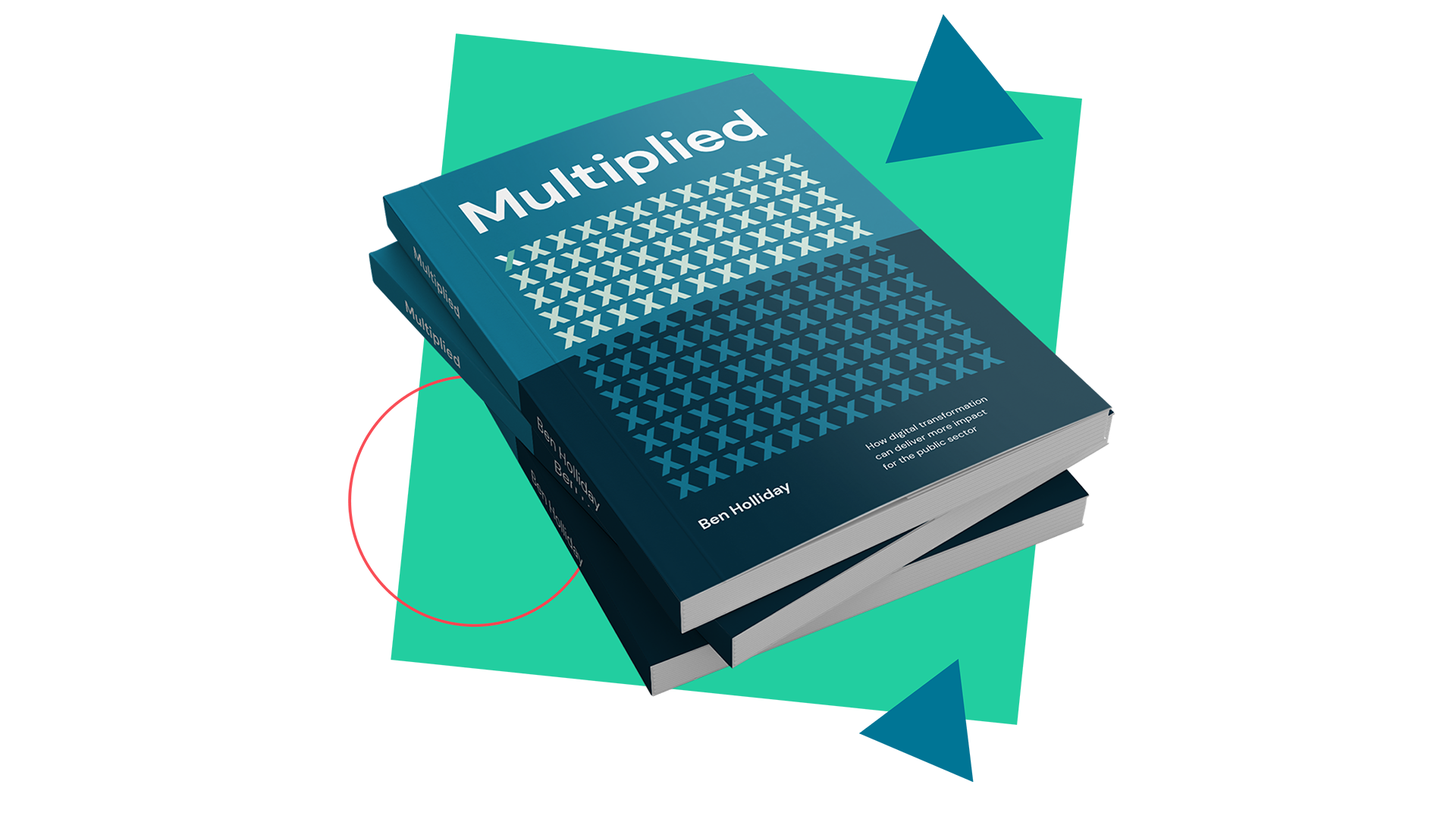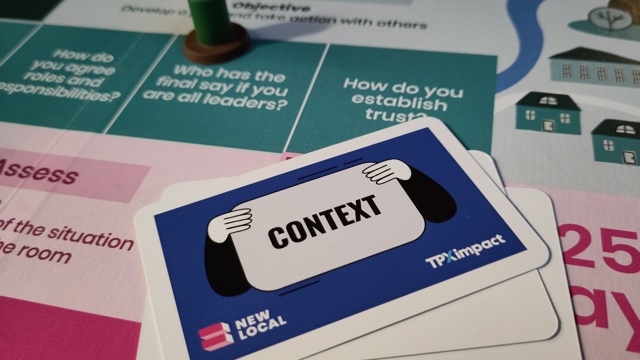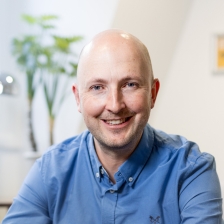Over the past six months I've been writing a book for TPXimpact — “Multiplied”. It focuses on how we can unlock more of the potential of technology, data and design in the public sector, while also working more closely with communities, and putting people at the heart of everything we do.
It has been a challenging but rewarding process, bringing together ideas and examples of work from across the group of companies that are now becoming TPXimpact. The book itself is the result of collaboration with many different people and wouldn’t have been possible without the contributions of my colleagues, whose input helped us showcase some of the best work across local government, central government, health and the third sector.
As someone who has led design and digital teams over the past decade, it’s been a great opportunity to learn more about the potential of technology, data, and approaches to deeper community engagement in public sector delivery. But the themes of this book acknowledge that digital transformation isn’t just about any one of these approaches and skill sets. Instead, it’s about how all of these capabilities work together, enabling our organisations to achieve more and support better, more scalable and sustainable services.
With that in mind, the book is intended for everyone. We know that’s ambitious, but it’s important that any conversation about digital transformation speaks to technologists as much as designers, product owners, or policy specialists. The challenge is for us all to question how we work together and combine the individual skills and experience we bring to our teams and programmes of work.
Why Multiplied?
The main idea of “Multiplied” is that with the right approaches to digital transformation, the impact and reach of our work can be much more than the sum of our individual parts.
There’s an important quote I’ve included in the first chapter of the book by the late Norwegian Philosopher Arne Naess — “Claiming that something is impossible is nothing more than a temporary working hypothesis. Two plus two can equal five if something changes.”
In the public sector, it can often feel like nothing is changing. But the truth is change is happening all the time, all around us. Once we realise this the question then becomes, what can change?
When we adopt a mindset that change is always possible, we have real opportunities to shape how policy and services can better support and deliver improved outcomes for individuals and for society. Our organisations can change how they work, they can change how they organise themselves, and they can even change entire future models for how people access the support and services they need.
To explore this further, the book focuses on the idea of multipliers in our work. These are the things that make more impact possible. They are also the approaches, capabilities, and mindsets that have the potential to deliver more value in policy and service delivery.
Multipliers in the public sector include design, technology, and how we use data. But they are also found in our teams, in how we create opportunities to work more closely with people inside and outside of our organisations. This is our ability to join up the work we do, increasing collaboration in complex systems like health, and with more sharing and reuse of solutions across sectors.
Looking back to look forward
The book is both a reflection on over a decade of investment in digital across the public sector, as well as a chance to set out what the next decade could look like.
A key theme we’ve focused on is lessons we can learn from the Covid-19 pandemic. There is no doubt in my mind that the last two years have reset many expectations for what is possible when teams, organisations, and whole systems align priorities around urgent needs while showing increased ambition for what they need to deliver.
Covid-19 was the perfect example of change in response to a crisis, meaning in many situations we had to reset services and ways of working overnight. Those that had already invested more seriously in digital transformation and creating modern services were able to make changes quickly and effectively, but there were many examples of places and services less able to adapt.
As we start to move beyond emergency response to the pandemic there are now important questions to answer about what a return to normal looks like and what still needs to change, as we consider how to approach our future work.
Starting a new conversation
I would love everyone in the public sector to read the book and join the conversation. Most importantly, because it asks questions about how digital transformation can lead to more impact in people’s lives. As we now face a decade of further uncertainty with the climate emergency, and the terrible escalating situation of war in Ukraine, our public institutions continue to have a vital role to play in how we respond as a society. It’s digital transformation that will help us tackle these challenges, with appropriate modern tools, services and ways of working.
You can read more about Multiplied and the key themes covered here, or order a copy on Amazon.
All profits from the book will be donated to the Association of NHS Charities and the book is dedicated to everyone working across our public sector, acknowledging the incredible effort and responses we have seen during the pandemic.

Multiplied
All profits from the book will be donated to the Association of NHS Charities.
Order your copyOur recent insights
Transformation is for everyone. We love sharing our thoughts, approaches, learning and research all gained from the work we do.

The role of play in building leadership skills
How play can offer local government leaders a powerful tool to break free from rigid structures.
Read more
Place and infrastructure: thinking about digital transformation in a new way
Digital transformation is more than gadgets or sensors—it's about the intentional and adaptive design of policy, planning and project delivery to achieve user and economic outcomes.
Read more
How agile practices and user-first approaches are key to creating joined-up NHS digital services.
Read more

